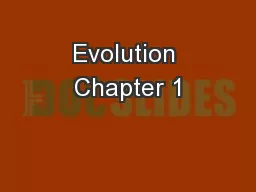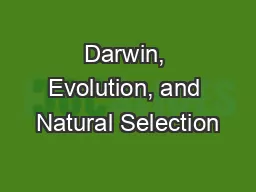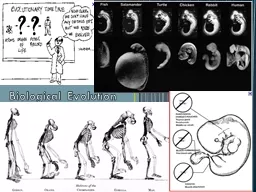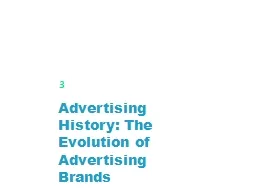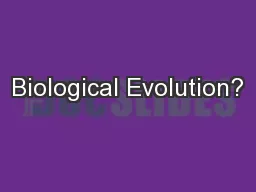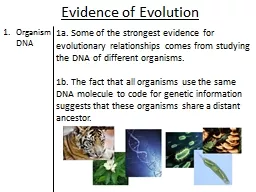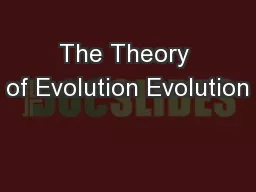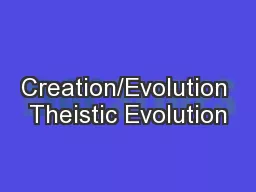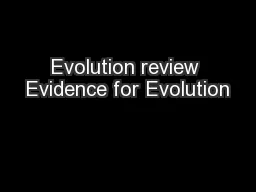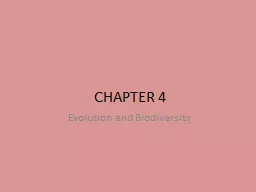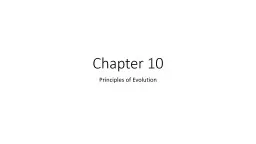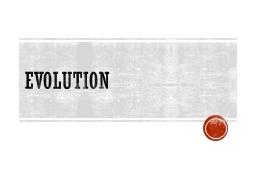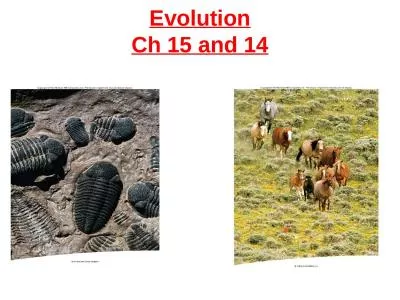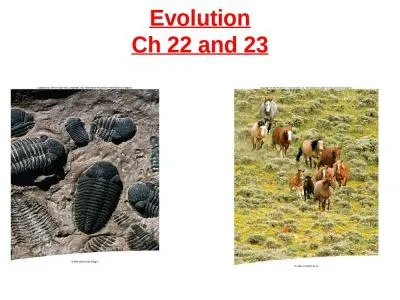PPT-Evolution Chapter 1
Author : tatyana-admore | Published Date : 2017-10-06
Early Life on Earth 38 billion yrs ago all organisms lived in the ocean Fossils provide evidence of life Many different types Age relative age layers and
Presentation Embed Code
Download Presentation
Download Presentation The PPT/PDF document "Evolution Chapter 1" is the property of its rightful owner. Permission is granted to download and print the materials on this website for personal, non-commercial use only, and to display it on your personal computer provided you do not modify the materials and that you retain all copyright notices contained in the materials. By downloading content from our website, you accept the terms of this agreement.
Evolution Chapter 1: Transcript
Download Rules Of Document
"Evolution Chapter 1"The content belongs to its owner. You may download and print it for personal use, without modification, and keep all copyright notices. By downloading, you agree to these terms.
Related Documents

